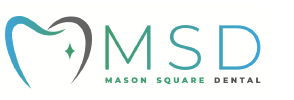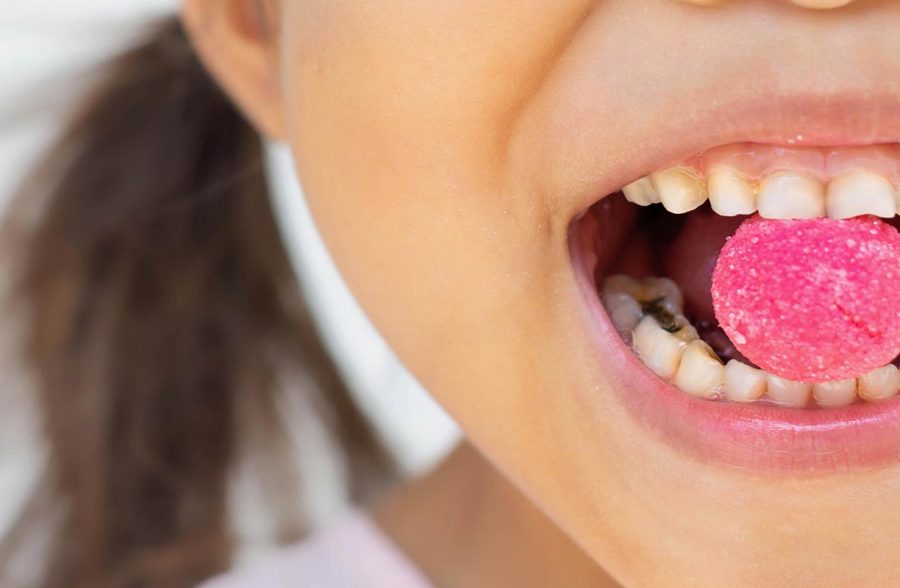Moonee Ponds Family Dentist
Child & Family Dentist
Children’s Dentistry
We feel it’s very important to set up a great relationship with our young patients so they feel comfortable visiting us in our Moonee Ponds dental clinic, therefore the earlier you visit us with your child the better. We would definitely like to see children by the time they turn two. Sometimes it’s as simple as going for a ride in the chair, which is usually a fun experience, and if possible, we count their teeth. It may take a few visits for them to get used to us, but we want the child to look forward to future visits.
Why do I need to fix baby teeth when they are going to fall out?
Baby teeth maintain the space needed in the jaws as they develop, so they act as “placeholders” for the eruption of the permanent teeth. If a primary tooth is lost too early, adjacent teeth tend to drift and fill the gap. Then the permanent tooth could lose its place and erupt misaligned or fail to erupt at all.
What age should I take my child for their first dental visit?
The first visit should be by 1-3 years of age when the teeth are developing. An informal visit with the parents on their regular 6 or 12 monthly appointment will make them feel more comfortable.
If the baby tooth is fairly loose, give it a week or two to come out on its own. This is quite a normal and common appearance and there is no need to panic, as the eruption path of the second tooth is usually this way. If the tooth is not loose and your child has discomfort and pain, make an appointment to be seen at our dental surgery in Moonee Ponds.
For the Whole Family
Preventative Dentistry
Oral hygiene instruction
As a general rule children and adults should brush their teeth twice daily and floss once daily. If you can’t use floss, or the spaces between your teeth are too large for it to be effective, interdental brushes can be used to clean between your teeth. Always use a soft toothbrush, and brush gently but thoroughly all surfaces of the teeth. You should angle your brush about 45degrees over your teeth and gums and brush gently in circles. Make sure you get to all surfaces including the inside of the lower teeth. Electric tooth brushes are a great option for both children and adults.
For your children – you should:
- supervise their oral hygiene until they are 8-9 years old
- as baby teeth erupt, use a small soft brush and water to clean the teeth, or a clean washcloth to remove plaque
- begin flossing as soon as you can – ideally when their teeth come into contact together.. Floss holders are available if you can’t manage floss by itself
- use no toothpaste until about 2years, and children’s toothpaste from 2-6
Dietary Advice
Our eating and drinking habits play an important role in the development of tooth decay and dental erosion. The sugary food and drink we consume helps feed the bacteria which produce acids that destroy the teeth. It isn’t all about the quantity though – the frequency and form of the sugar matters too. Solid, sticky, sweet foods are particularly bad, as they stay in close contact to the teeth for longer. Dental erosion is the gradual wearing away fo the hard surfaces of teeth due to exposure to acids. Usually this is due to acidity in our food and drink, although sometimes it’s due to medical conditions such as reflux.
As a general rule, we recommend you:
- reduce the frequency of your sugar and acid consumption
- limit between meal snacking
- limit sugary drinks to special occasions only and drink through a straw if possible to limit contact with the teeth
- snack on dairy foods without added sugar as they are great for preventing tooth decay, as well as helping developing healthy bones. This includes cheese, unsweetened yoghurt
- other healthy snacks include nuts, vegetables and fresh fruit (but stay away from dried fruit if you can!)
- children should never be given sweet drinks in their bottle, as it increases the risk of early childhood decay
- chew sugar free gum after meals to stimulate saliva, which has lots of beneficial properties for the teeth and gums
Fissure Sealants
- Fissure sealants are tooth coloured hard plastic protective coatings placed into the deep grooves and pits on the chewing surfaces of the molar teeth. The help protect cavities from forming by blocking up these grooves, and preventing plaque bacteria and food particles from getting trapped there.
- Toothbrush bristles are usually too large to clean out the natural grooves, so the sealant works by filling in these uncleanable pits and grooves, and making them smooth and easier to clean.
When is the best time to place sealants?
Ideally, we would place sealants as the first and second permanent molars erupt, so usually the first set are around 6-7 years old, and the second set at around 12 years old.
How long do sealants last?
Usually sealants remain in place for many years, but over time they can wear away and need replacement. Sometimes if the teeth are not fully erupted when we place them, or they get wet during application, they need to be replaced. Usually your dentist will try to place them when they have the best chance of surviving long term. However, occasionally they will assess the grooves as being especially high risk for decay, and do things a bit early to try and prevent problems. Often these ones do need replacement once your child is a little older,
How are sealants placed?
The process is quick, straightforward and painless. We clean and dry the tooth surface, prepare the surface with a solution which helps bonding, and then apply the sealant using a small brush or syringe. The sealant is then set with a bright blue light. The hardest part is staying open wide enough for us to get to the back teeth, and also keeping the tooth dry. It also doesn’t taste great, but we do our best to keep this to a minimum.
Family Dentist
Fluoride
The single most important factor in helping to fight tooth decay has been the addition of Fluoride to our drinking water. The fluoride in our toothpaste is also critical for the prevention of decay, with different amounts acceptable for different ages.
- Between the ages of 0-2, there is no need to add toothpaste when brushing your child’s teeth.
- From 2-6, you should use a children’s toothpaste, which has a low but effective fluoride content. We stick to this low level, as it helps prevent decay, and also won’t affect the developing adult teeth.
- At the age of 6, your child should start using an adult toothpaste with the optimal fluoride level.
Dentists also have other products with higher levels of fluoride, if we feel we need to be more aggresive in preventing decay. It also helps reduce sensitivity in some cases, so often adults will get a fluoride varnish on their teeth to prevent decay and sensitivity at the same time.

